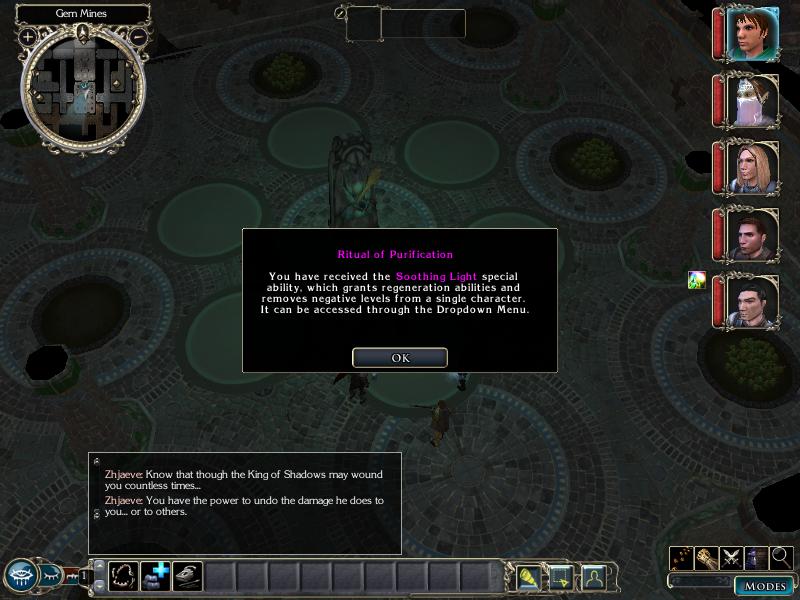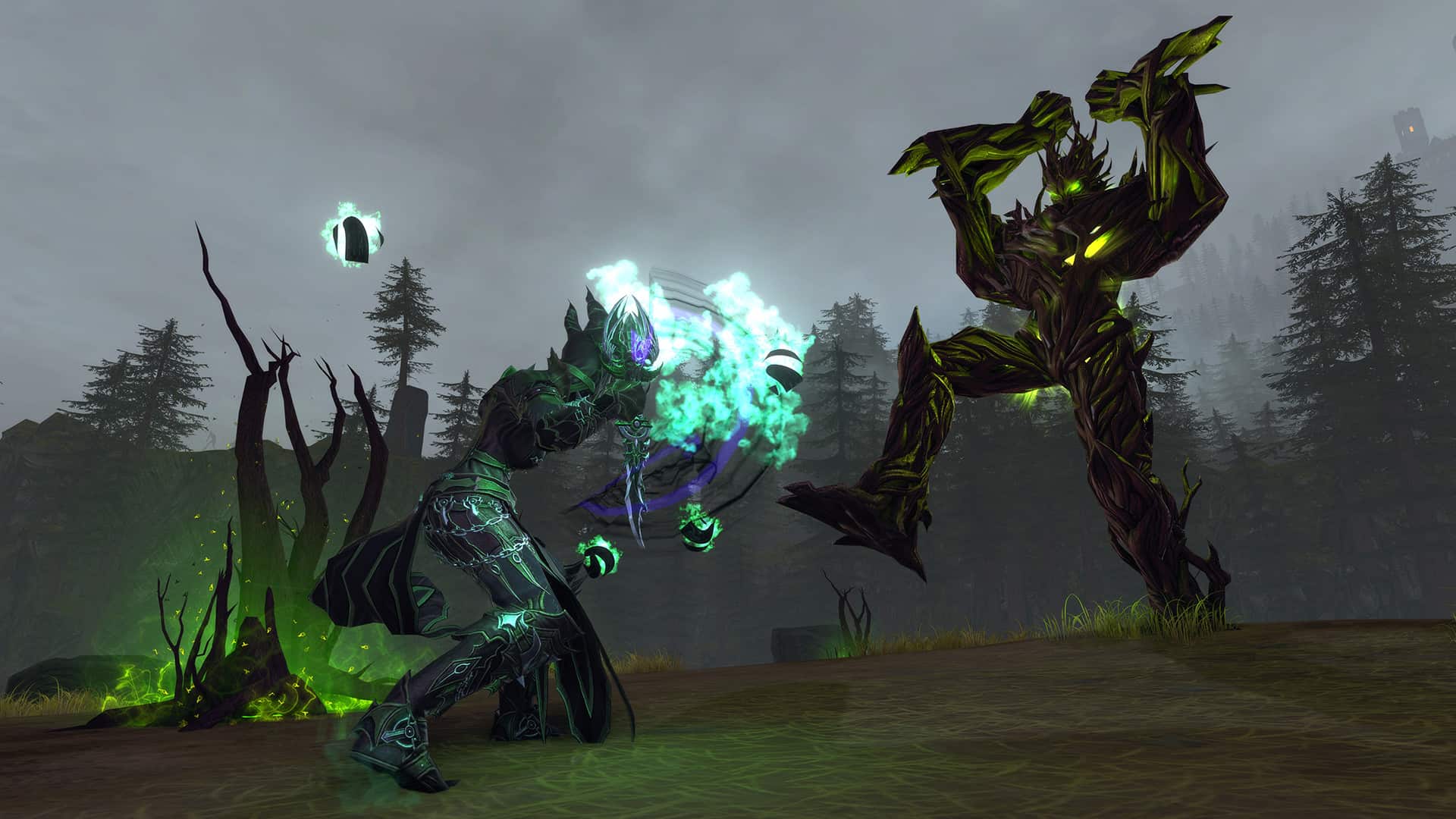


Sometimes only part of the trigger area is highlighted due to the unevenness of the surface.However, most traps in most modules follow the default behavior described in this article. This allows for effects such as a trap that is only detectable by a particular race, and a trap that is automatically detected by the bearer of a particular item. A module designer can disable the default detection routines for a particular trap and substitute a detection script.Default detection DCs are listed in the set trap notes, but it must be stressed that those defaults are easily changed by a builder. This allows the character either to avoid the trap by moving around the trigger, or to disable the trap. (These colors can be changed via nwnplayer.ini). If successful, the trigger area is highlighted in red if the trap is hazardous, in green if not. (Close enough is 10 feet, unless the character is in detect mode or standing still, in which the range is 20 feet.) Characters cannot detect traps with a detection DC higher than 35 unless they are rogues. When a character is close enough to the trigger for a trap, that character makes a search check. In addition, many casters can use the find traps spell to quickly eliminate traps. While anyone can disable their own traps, only rogues and assassins have a special affinity for disabling others' traps. Setting traps is part of the repertoire of skills of rogues, rangers, and assassins. Ground traps are triggered when the center of a creature enters the trapped area. Similarly, placeable traps are triggered when either the placeable is bashed or the placeable is not locked and an attempt is made to use it. Traps that are placed with the set trap skill belong to the trap setter's faction, while traps placed by the module builder typically belong to the standard hostile faction (but can be placed in any faction).ĭoor traps are triggered when either the door is bashed or the door is not locked and an attempt is made to open the door (the attempt fails and the trap is set off). They represent hazards for anyone who is not a "friend" of the trap both hostile and neutral creatures can set off the trap. Traps can be placed on doors, placeables, or the ground. Traps can cause damage, affect ability scores, apply curses, add or subtract items from a character's inventory, or really anything the module designer can dream up and script. They consist of a trigger and the scripts that apply the effect of the trap. Traps can be either mechanical or magic in nature.


 0 kommentar(er)
0 kommentar(er)
